
The Remington Ultimate Muzzleloader appears ready to live up to its name with an innovative ignition system extending its range to 300 yards.
In recent years, perhaps no firearm has enjoyed more technological leaps than the muzzleloader.
The gun has undergone a multitude of changes, from the material it is made of to how it functions. One of the biggest advancements muzzleloaders have undergone is the point that gets everything rolling – ignition.
When inline muzzleloaders began using 209 shotgun primers, the firearms became more convenient and more powerful. On the latter point, the hotter-burning primers allowed more propellant to be utilized, in turn the primers extended the range of the gun.
Remington Arms has taken this concept to the next level with the introduction of its Model 700 Ultimate Muzzleloader. Utilizing magnum rifle primers, Big Green aims to make the age-old firearm more potent than ever.
The 700’s A.M.P. (Accelerated Muzzleloader Performance) Ignition System burns hot and long enough to ignite 200 grains of propellant. The magnum-sized charge pushes the 50–caliber muzzleloader’s effective range to 300-yards.
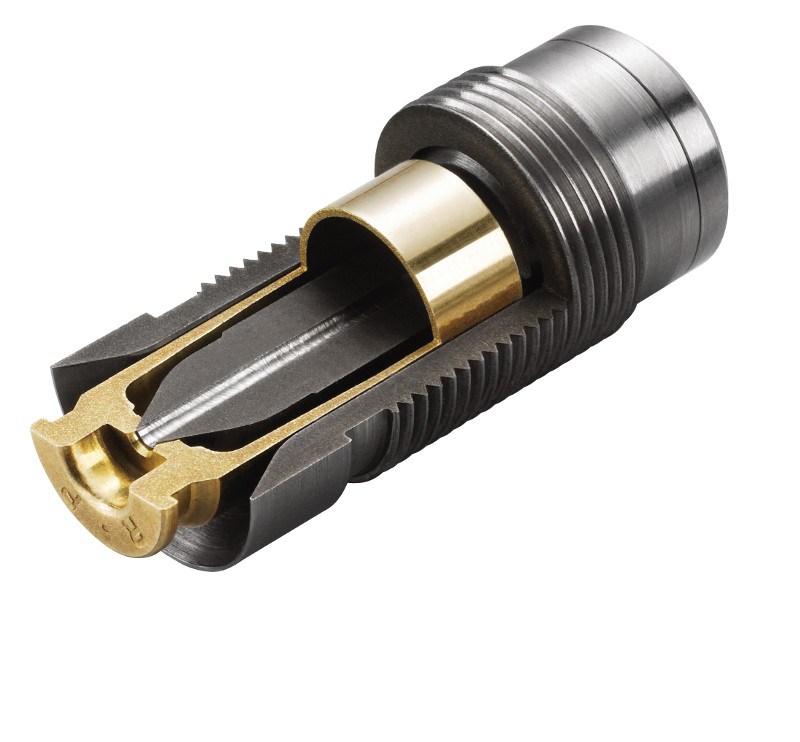
The 700’s power certainly makes it a more useful hunting tool. And while its ability to take game further out is the muzzleloader’s dominant feature, it’s not the only one that makes it a dandy field gun.
Remington’s ignition system also gives shooters one of the easier muzzleloaders to load. The primer is seated in a brass case, which is then loaded in the 700’s chamber, just like a typical centerfire rifle. It is a much simpler system than having to fumble with tiny primers alone – especially in glove weather.
The ignition system also promises to be simpler in upkeep. What might shock some muzzleloader fans out there is Remington claims the breech plug will not have to be removed for cleaning. It is designed to stop fouling from reaching the threads of the plug and also the receiver.
Like its number designation suggests, Remington’s new muzzleloader is built around the 700 centerfire's action. Like the centerfire rifle, the muzzleloader has a thumb safety situated at the rear of the action.
The muzzleloader has a free-floating 26-inch stainless steal fluted barrel. It is also outfitted with Remington’s X-Mark Pro Trigger, which can be adjust for a 2.5- to 5-pound pull.
The 700 comes with the choice of synthetic or laminate stock, each with a raised comb for a tight cheek weld. Both come with an unusual feature for a muzzleloader, a floor plate. But instead of ammo, it holds three extra primer brass.
The 700 Ultimate Muzzleloader is definitely on the cutting edge, but the technology comes at a price. The MSRP of the firearm is $1,295, definitely putting it at the high end of the muzzleloader market.
Time will tell where Remington’s new muzzleloader fits in the world of firearms. But, at first blush, the firearm certainly appears to have the features to make it as disruptive to muzzleloaders as 209 not that long ago.


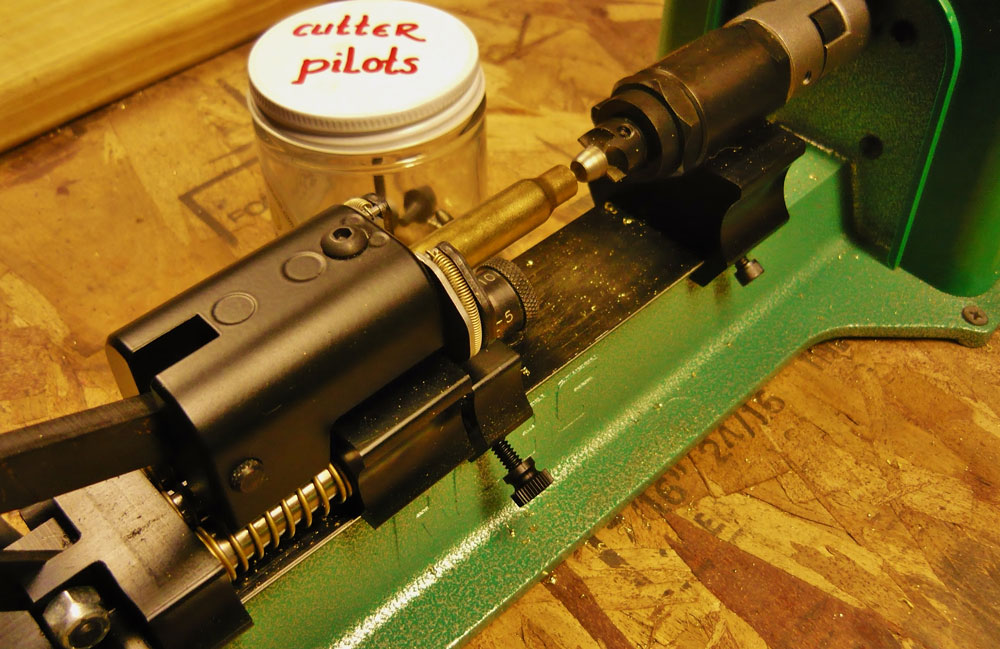
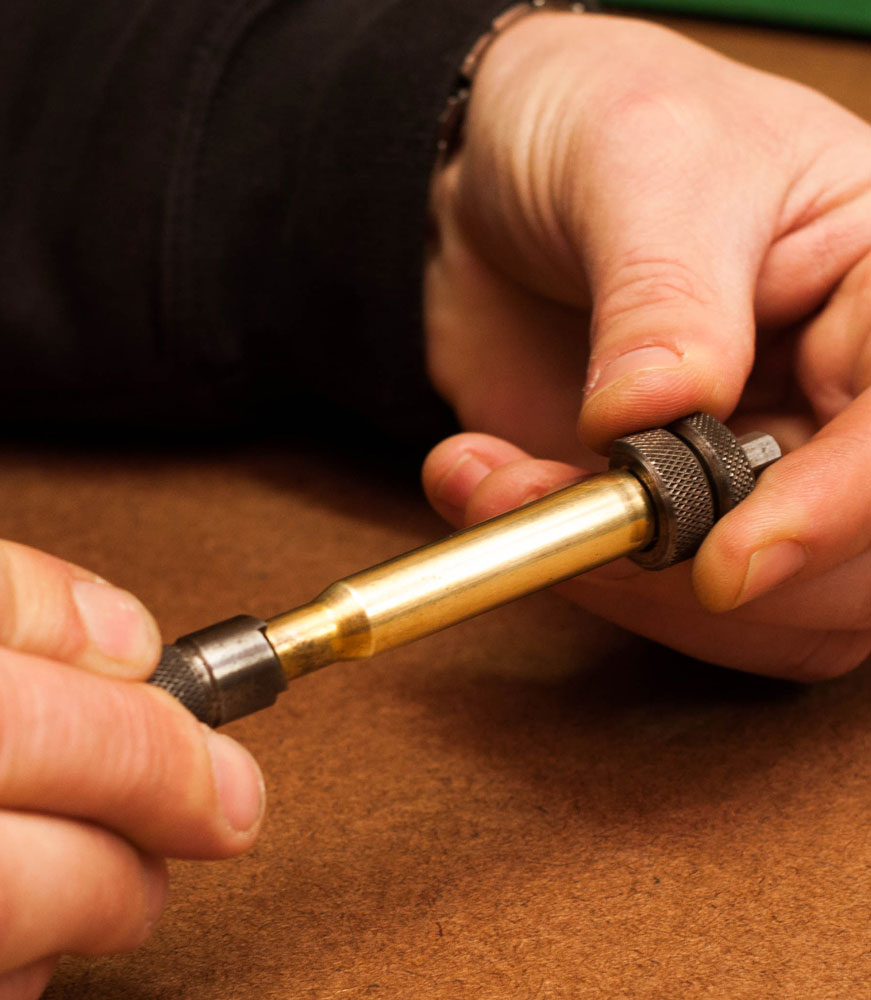
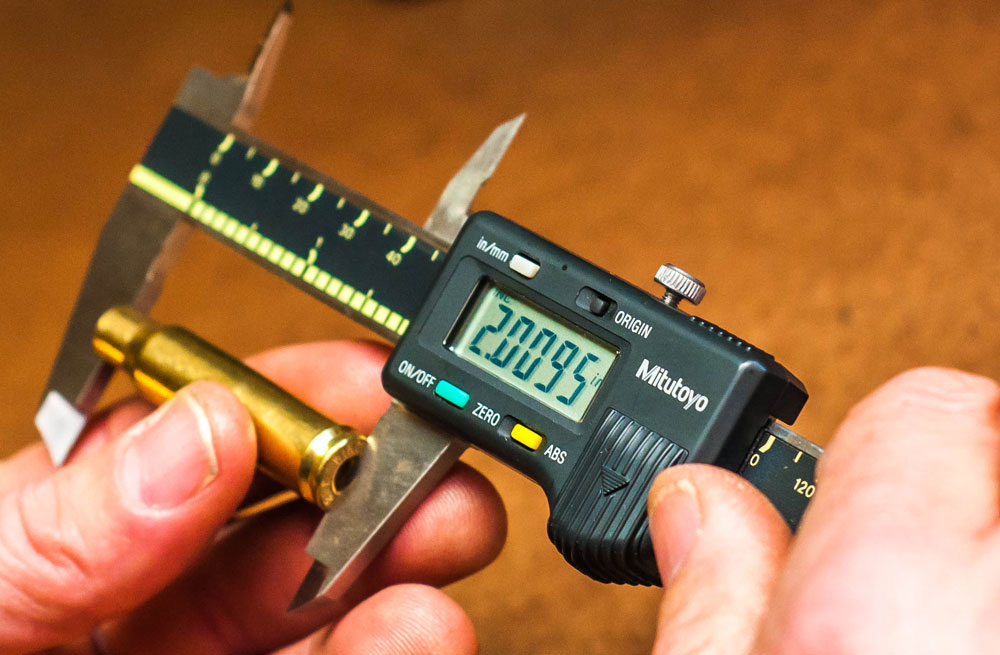
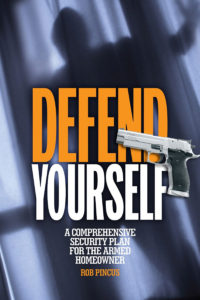
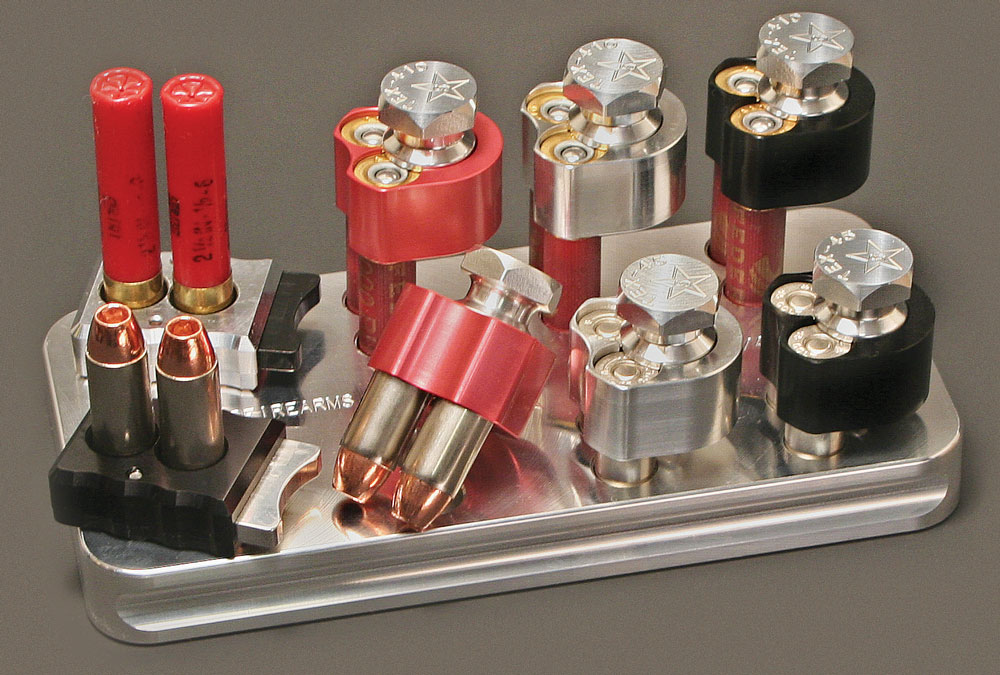

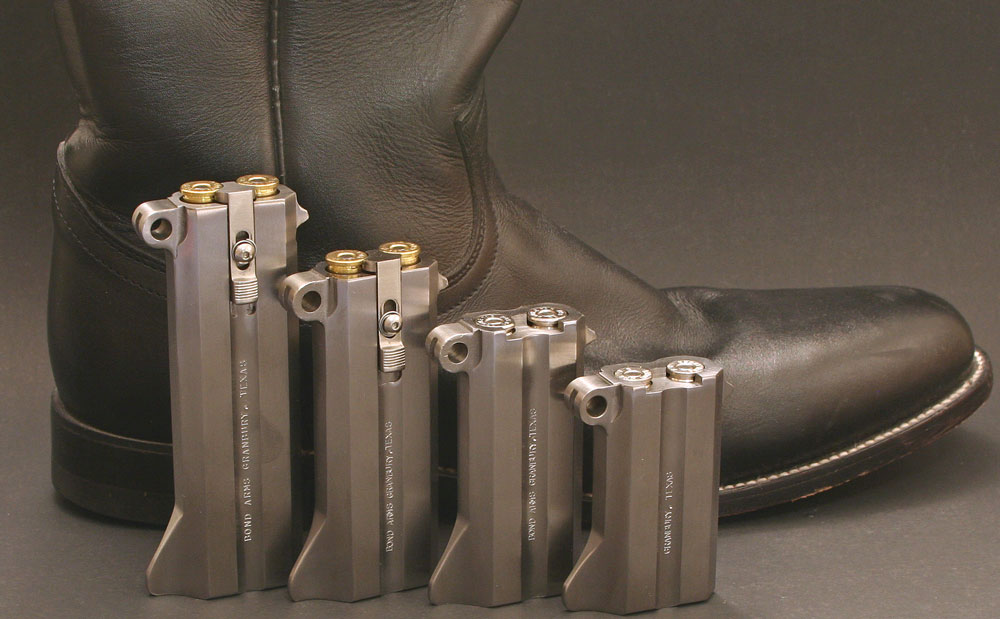


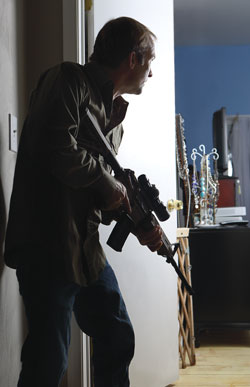 Number 4 shot is a good choice for home defense, as it cuts down on penetration, but you have to know how it’s going to pattern at various distances. And yes, you still have to actually aim it.
Number 4 shot is a good choice for home defense, as it cuts down on penetration, but you have to know how it’s going to pattern at various distances. And yes, you still have to actually aim it.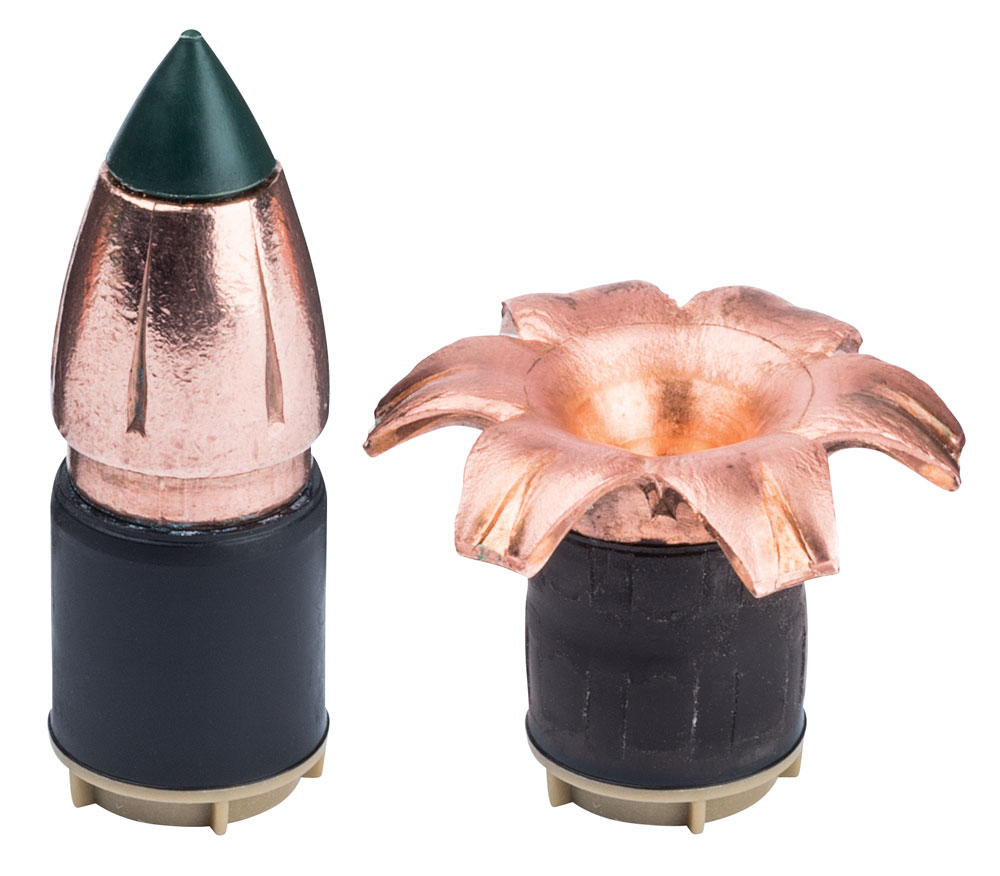
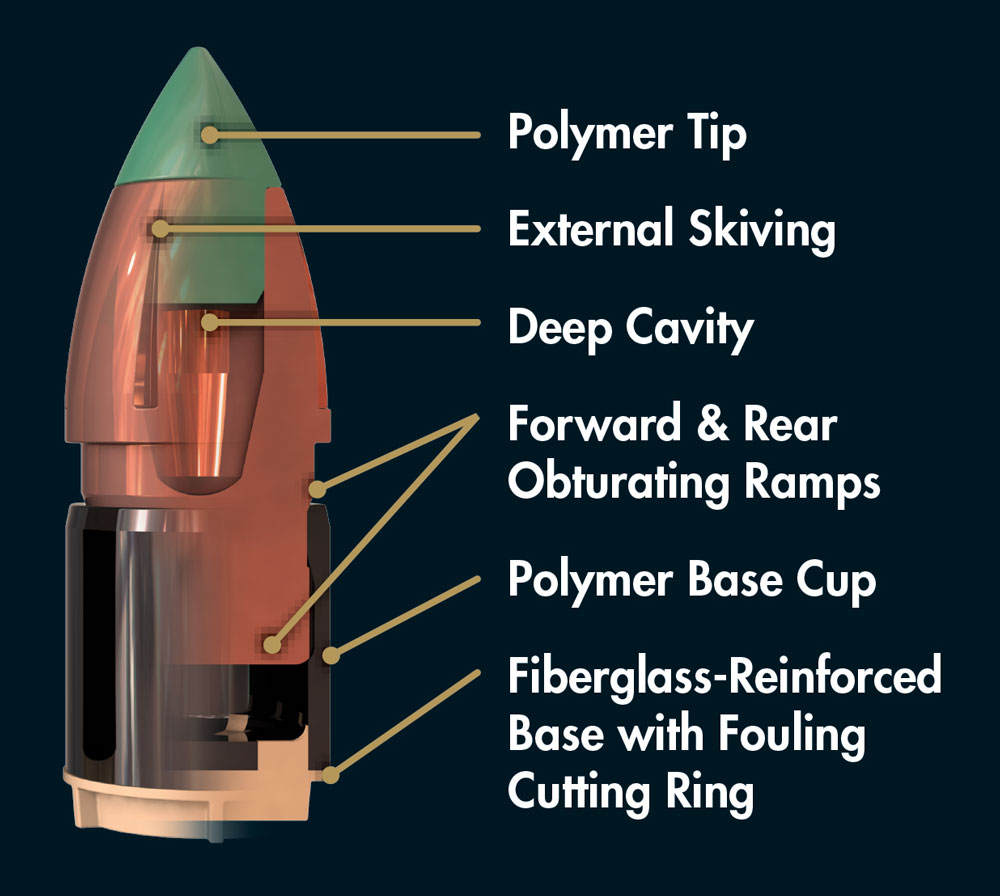

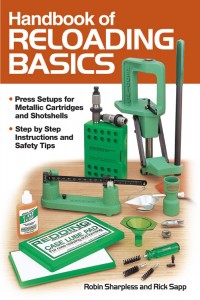 Cincinnati, Ohio (May 14, 2014) – Take the guesswork out of reloading ammunition by checking out
Cincinnati, Ohio (May 14, 2014) – Take the guesswork out of reloading ammunition by checking out 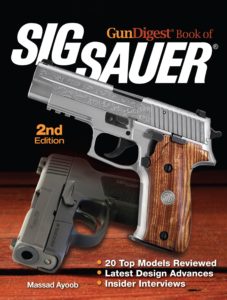
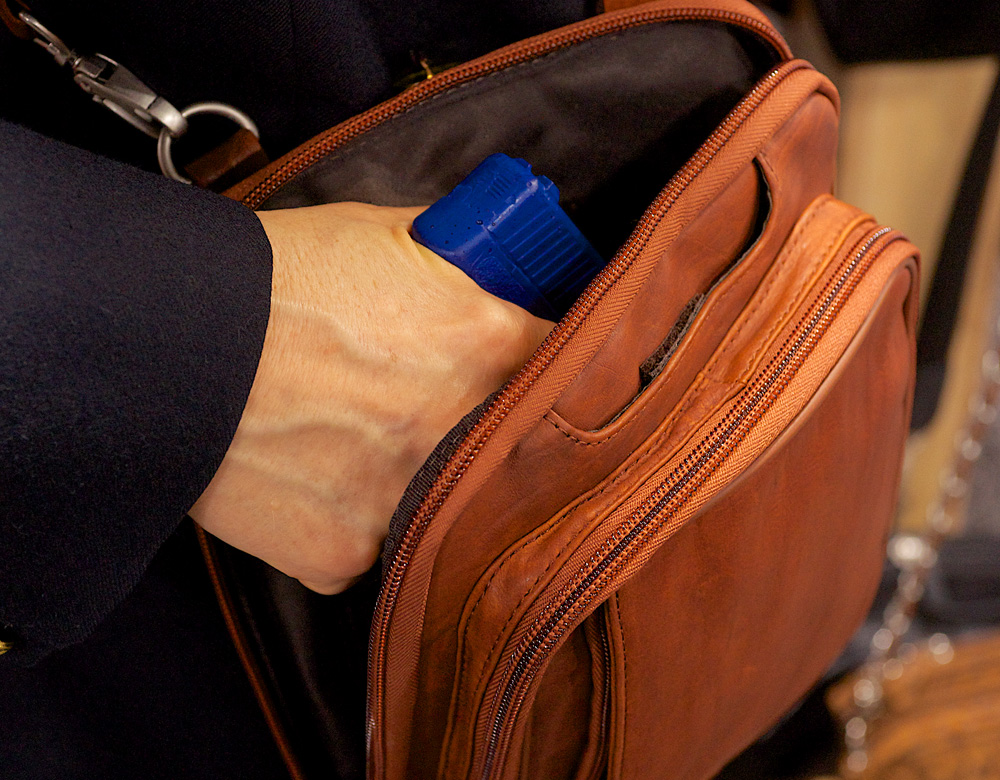


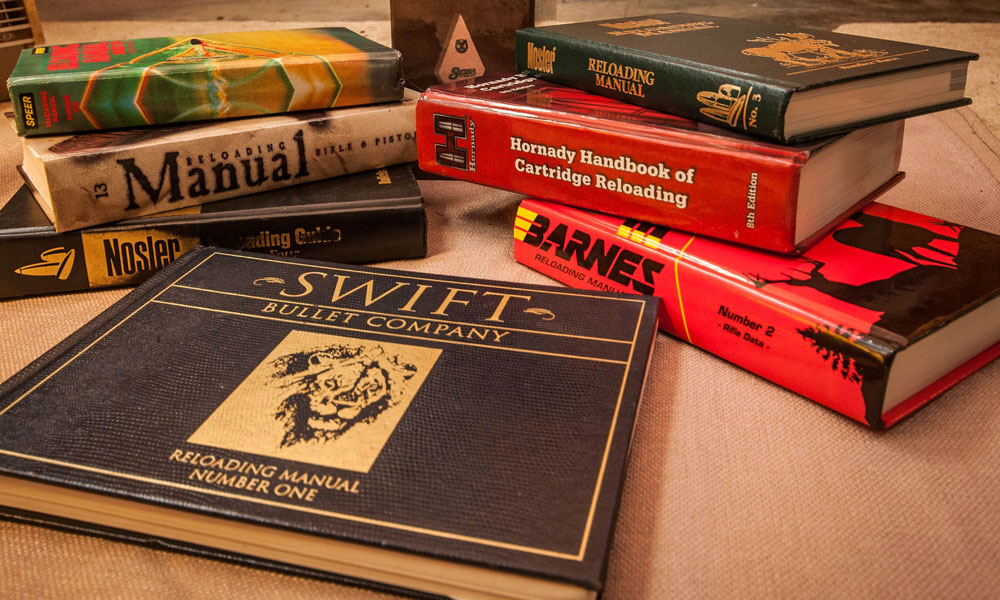

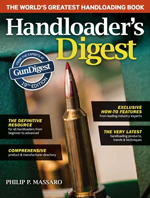


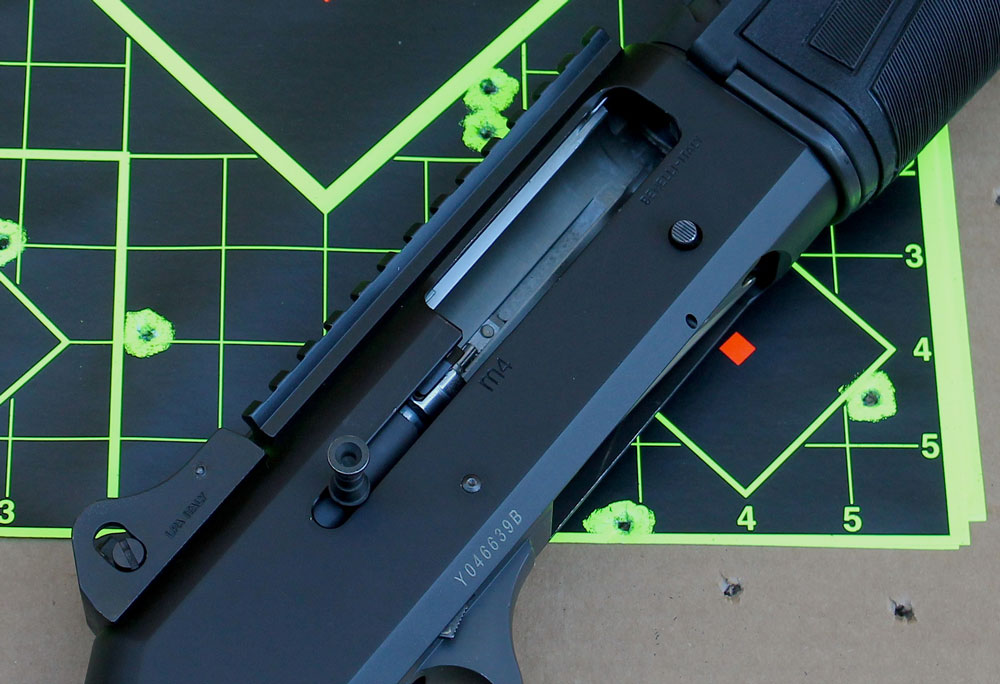
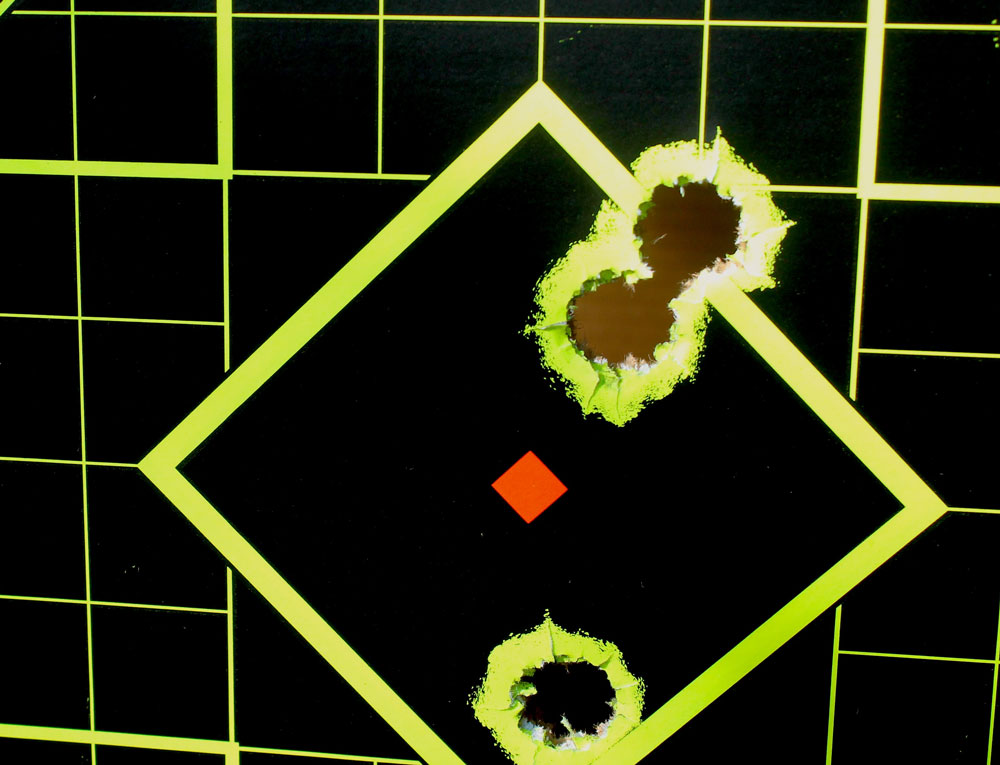
![Best Concealed Carry Guns In 2025 [Field Tested] Wilson Combat EDC X9S 1](https://gundigest.com/wp-content/uploads/Wilson-Combat-EDC-X9S-1-324x160.jpg)


![Best 9mm Carbine: Affordable PCCs [Tested] Ruger Carbine Shooting](https://gundigest.com/wp-content/uploads/Ruger-Carbine-Shooting-100x70.jpg)
![Best AR-15: Top Options Available Today [Field Tested] Harrington and Richardson PSA XM177E2 feature](https://gundigest.com/wp-content/uploads/Harrington-and-Richardson-PSA-XM177E2-feature-100x70.jpg)
